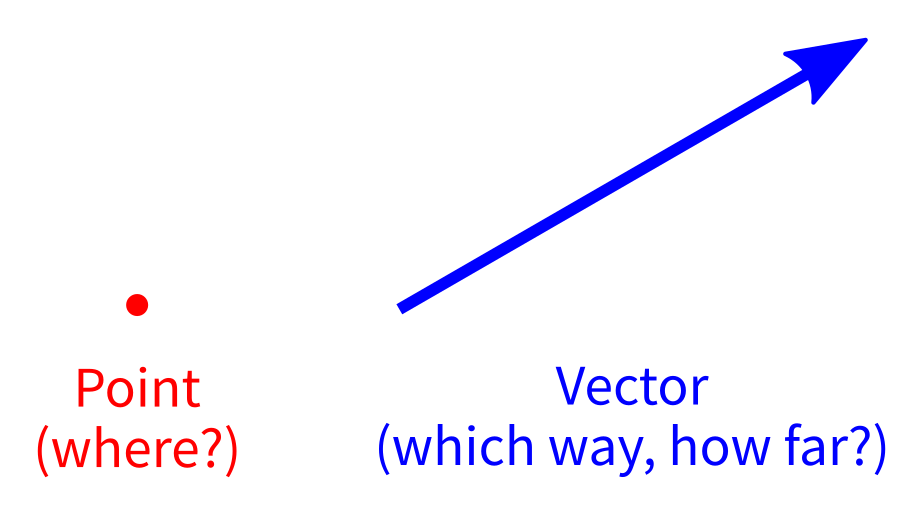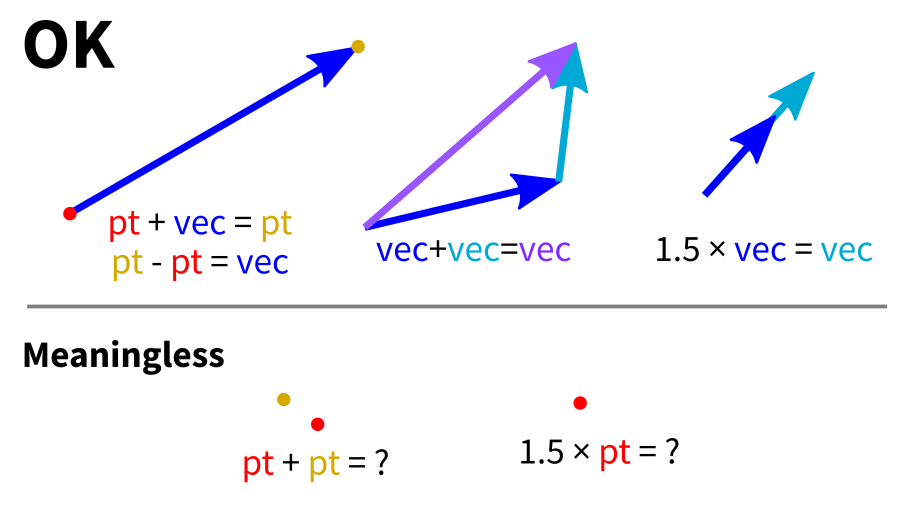Lecture 3
End of tour, start of OOP
MCS 275 Spring 2024
Emily Dumas
Lecture 3: End of tour, start of OOP
Reminders and announcements:
- Read the syllabus.
- Homework 1 posted. Due Noon on Wed 17 January.
- Work individually
- Assignment lists the online resources you can use.
- No class on Monday (MLK holiday).
Files
open(filename,mode,...) opens a file and returns a file object. Mode string selects reading ("r"), writing ("w"), ...
Methods of the file object perform input/output (I/O).
Read/write strings to text files (default), bytes to binary files (add "b" in mode).
.close() a file when finished.
The basics are in Lutz, Chapter 9 and MCS 260 Lec 13 and Lec 14.
Functions
Named, reusable code blocks you can call (run) from elsewhere in your code.
def contains_all_digits(x):
s = str(x) # decimal rep of x as a string
for c in "0123456789":
if c not in s:
return False
return True
>>> contains_all_digits(2*5)
False
>>> contains_all_digits(2**94)
True
Docstrings
The first non-comment statement in any Python function should be a string on a line by itself. That string should describe the function. It is called a docstring.
def contains_all_digits(x):
"Does decimal representation of `x` use all digits 0-9?"
s = str(x) # decimal rep of x as a string
for c in "0123456789":
if c not in s:
return False
return True
Docstrings can also appear as the first statement in a file or in a class definiton.
Use comments, not strings, in all other cases!
Modules
A module keeps a bunch of related code in one place; good for reuse and organization. The statement
import modulenamewill look for modulename.py in current directory, or a built-in module with that name, and make its functions, classes, etc. available.
Use modulename.funcname(...) to call a function in a module.
See Lutz, Chapters 22-23 or MCS 260 Lec 20.
Classes
Classes let you define custom types in Python with attributes (data) and methods (behavior).
class Point2:
"""A point in the xy-plane""" # <--- Remember docstring!
def __init__(self,x,y):
"""Initialize new point instance"""
self.x = x # make a new attribute (self.x)
self.y = y # make a new attribute (self.y)
def translate(self,dx,dy):
"""Move the point by a vector (dx,dy)"""
self.x += dx
self.y += dy
p = Point2(1,2) # calls __init__(...)
p.translate(5,0)
print("After moving, p.x is {}".format(p.x)) # will print 6
See Lutz, Chapters 27-28 and MCS 260 Lectures 25, 26, 27, 28.
(End of the tour)
Object-Oriented Programming
Now we'll start our unit on object-oriented programming (OOP).
We assume knowledge of: Class definitions, creating instances, accessing attributes, calling methods.
We DO NOT assume knowledge of: Subclasses, inheritance, operator overloading.
Class vs instance
- class means the type, e.g.
intorPoint2 - instance or object is a value belonging to a class, e.g.
24orPoint2(5,7)
Special methods / overloading
In Python, built-in operations are often silently translated into method calls.
e.g. A+B turns into A.__add__(B)
These special method names begin and end with two underscores (__). They are used to customize the way your classes work with built-in language features.
Using these to add special behavior for operators like +,-,* is called operator overloading.
Operator examples
| Expression | Special method | |
|---|---|---|
A==B | A.__eq__(B) | |
A+B | A.__add__(B) | |
A-B | A.__sub__(B) | |
A*B | A.__mul__(B) | |
A/B | A.__truediv__(B) | |
A**B | A.__pow__(B) |
List of many more in the Python documentation.
More special methods
| Expression | Actually calls | |
|---|---|---|
str(A) | A.__str__() | |
len(A) | A.__len__() | |
abs(A) | A.__abs__() | |
bool(A) | A.__bool__() | |
A[k] | A.__getitem__(k) | |
A[k]=v | A.__setitem__(k,v) |
Live coding
Let's work on
Point2— point in the plane (a location in 2D)Vector2— vector in the plane (e.g. the displacement between two points)
Difference of two Point2s is a Vector2.
Can multiply a Vector2 by a float or add it to a Point2.
Point2 plus Vector2 is a Point2.


Language features used
isinstance(obj,classname)-- returns bool indicating whetherobjis an instance of the named class (or subclass thereof)NotImplemented-- Special value that operators should return if the operation is not supported
References
- The Python tour is an expanded version of the notebooks created in lecture this week.
- Individual slides refer to chapters from Lutz (Learning Python 5ed).
- Free access to online book for UIC students; see course web page.
- The MCS 260 Fall 2021 home page has slide presentations, sample code, and other resources for review.
Revision history
- 2023-01-16 Finalization of the 2023 lecture this was based on.
- 2024-01-08 Initial publication.